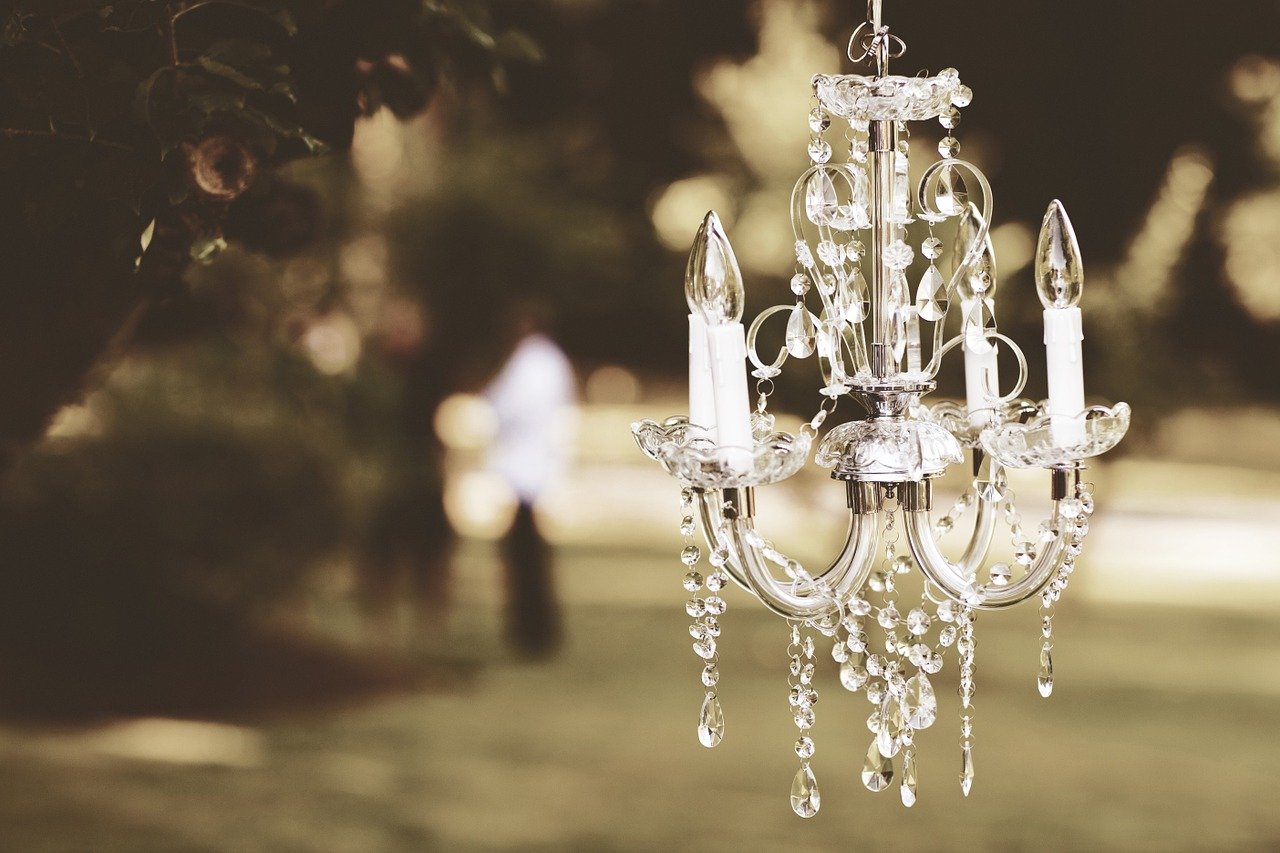Share
Despite her well known nickname Sister Parish was never a nun. Born in 1910 to a world of wealth and privilege she received her nickname as a young child by her brother. Despite being born Dorothy May Kinnicutt she was mostly known as Sister. Parish grew up exceedingly wealthy being the daughter of a successful stock broker. The Parish family had homes in Manhattan, New Jersey Hunt Country, Maine and Paris. Parish spent much of her teenage years in Paris, where she also made her debut into high society.
Further proof that she was indeed not a nun, she married Henry Parish, an up and coming stock broker and Harvard graduate, at age 19. Decorating their first home began her lifelong affair with design. She famously made draperies out of mattress ticking in addition to covering walls with white striped paper and painting her bedroom floor cherry red with white diamonds. Her bold use of color would later become a staple of her design. After her friends saw the transformation of her home they quickly became enamored and often requested design advice on how to make such spaces in their own homes. These friends became her first, non official, clients.
Despite her love for design, Parish only delved into the professional design world after the infamous 1929 stock market crash. Both her husband’s and her father’s fortunes took quite a hit and Parish was determined to have her children grow up with the same luxuries she had. To supplement their income she opened a small 14x14 foot office that was dedicated to decorating on a budget. She called the office Mrs. Henry Parish II, Interiors. Due to the economic downturn of the Great Depression even the rich were having trouble financially. Thus, most of Parish’s early design work involved reworking the pieces the family already owned. She famously would march around each house and take away anything that was deemed unnecessary clutter. Despite the simplicity of her methods she became increasingly popular. Unlike her predecessors, such as Elsie De Wolfe and Dorothy Draper, Parish did not advertise herself and her work but was able to get lucrative jobs by word of mouth alone.
Her name and skill became widely known across high society so much so that in the 1950s she became friendly with Jackie Kennedy. At this time JFK was still a senator, and Jackie commissioned Parish to design their Georgetown home. When JFK eventually became President, Jackie once again turned to Parish for the redesign of the familial living quarters in the White House. Unfortunately, the pair ended the professional relationship before the job was finished. The reason varies from person to person. Some say that Parish had yelled at a grandchild. Others say Jackie felt she didn’t need to pay for the services in full due to the public nature of the job and the name recognition that Parish had achieved for the commission. A similar event occurred in later years when the Duchess of York commissioned Parish to design their country home near Windsor Castle. Parish’s design was estimated to be around one million dollars. Queen Elizabeth II quickly revoked the commission over the high costs, but the fact that Parish was even considered was widely praised.
In the 1960s she became acquainted with Albert Hadley, an up and comer in the interior design world. His first assignment with Parish was the breakfast room of the Kennedy White House. Despite only being fully responsible for the curtains he became a full partner two years later. They remained partners in design until Parish’s death in 1994. Their partnership is considered to be one of the most successful in the world of interior design to this day.
To many, Sister Parish is considered to be the mother of American Country Style. Her designs were consistently warm and romantic, however unrestrained. She did not believe in matching, and became famous for her use of bold contrasting colors and fabrics. Furthermore, she often left items purposefully off center adding to the whimsical nature of her designs. Her time in France heavily influenced her style. As a child she hated the dark brown furniture that her father had collected, and seeing the white painted furniture in France felt like a breath of fresh air. She routinely had furniture painted in order to give the room more light. Other staples of American Country Style such as baskets, quilts, and wicker chairs were made popular by Parish. She believed that good design had to be timeless and that looking to the past was sometimes necessary to create an effective and warm space. “Innovation is often the ability to reach into the past and bring back what is good, what is useful, what is lasting.”

